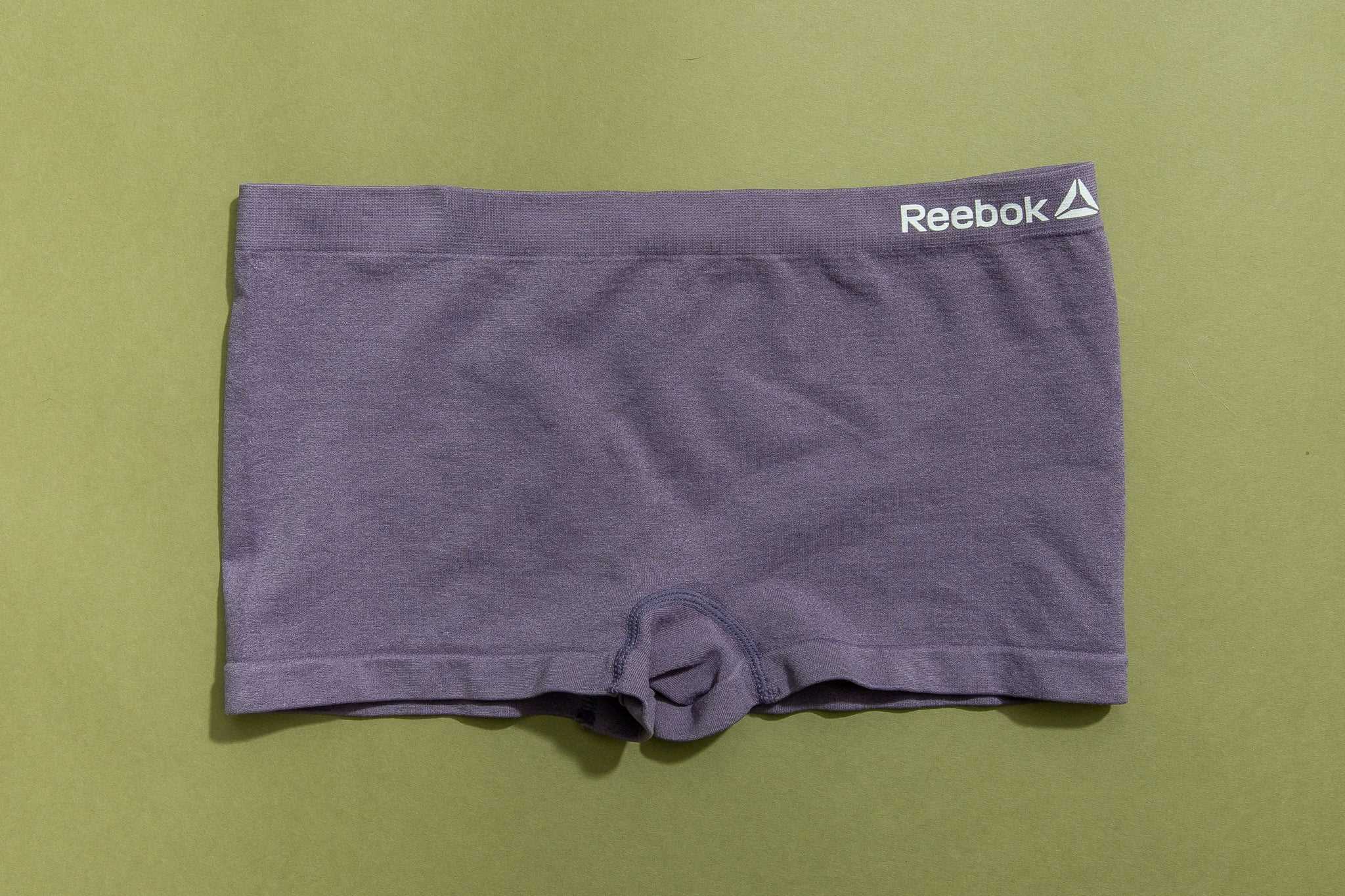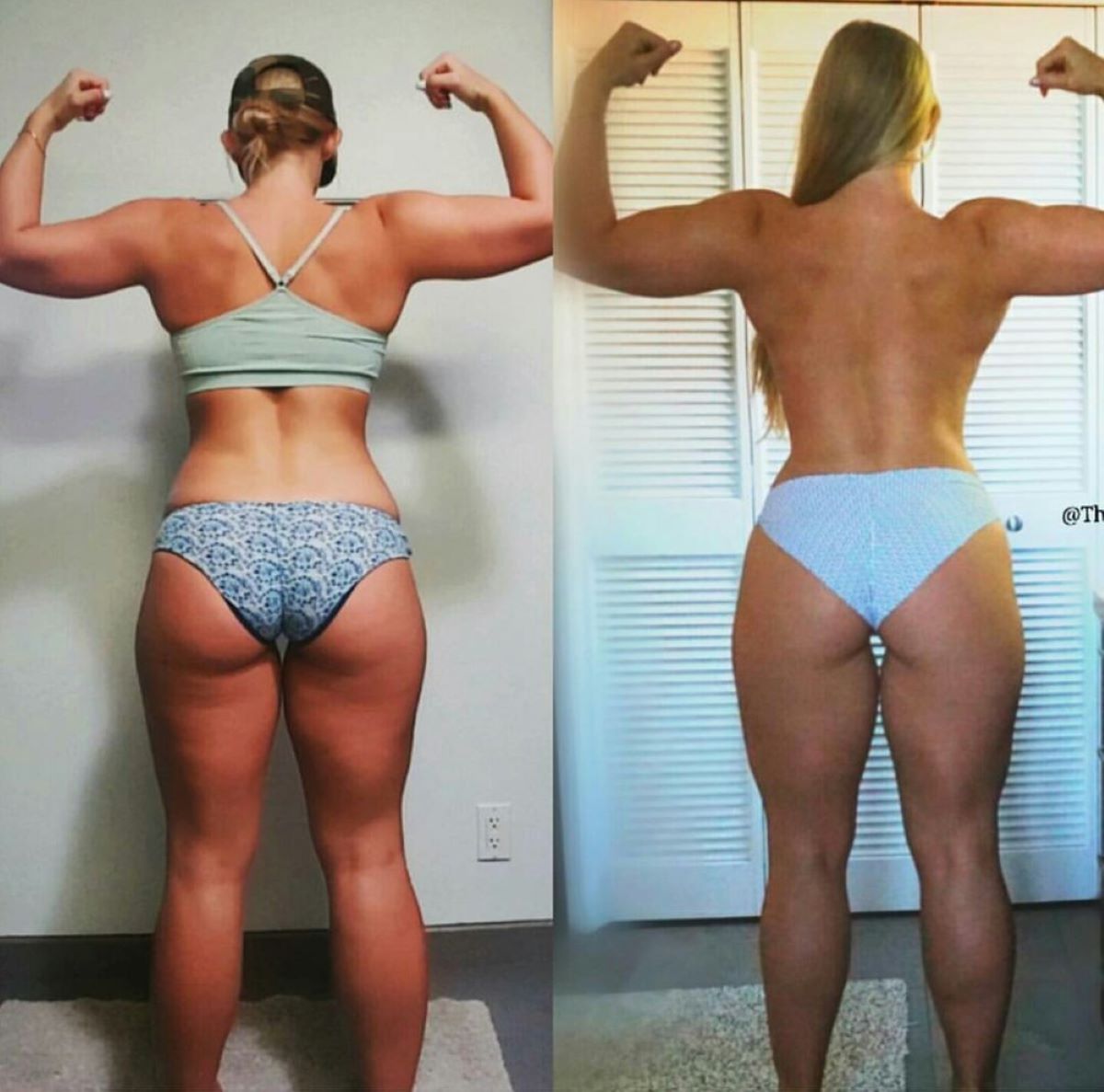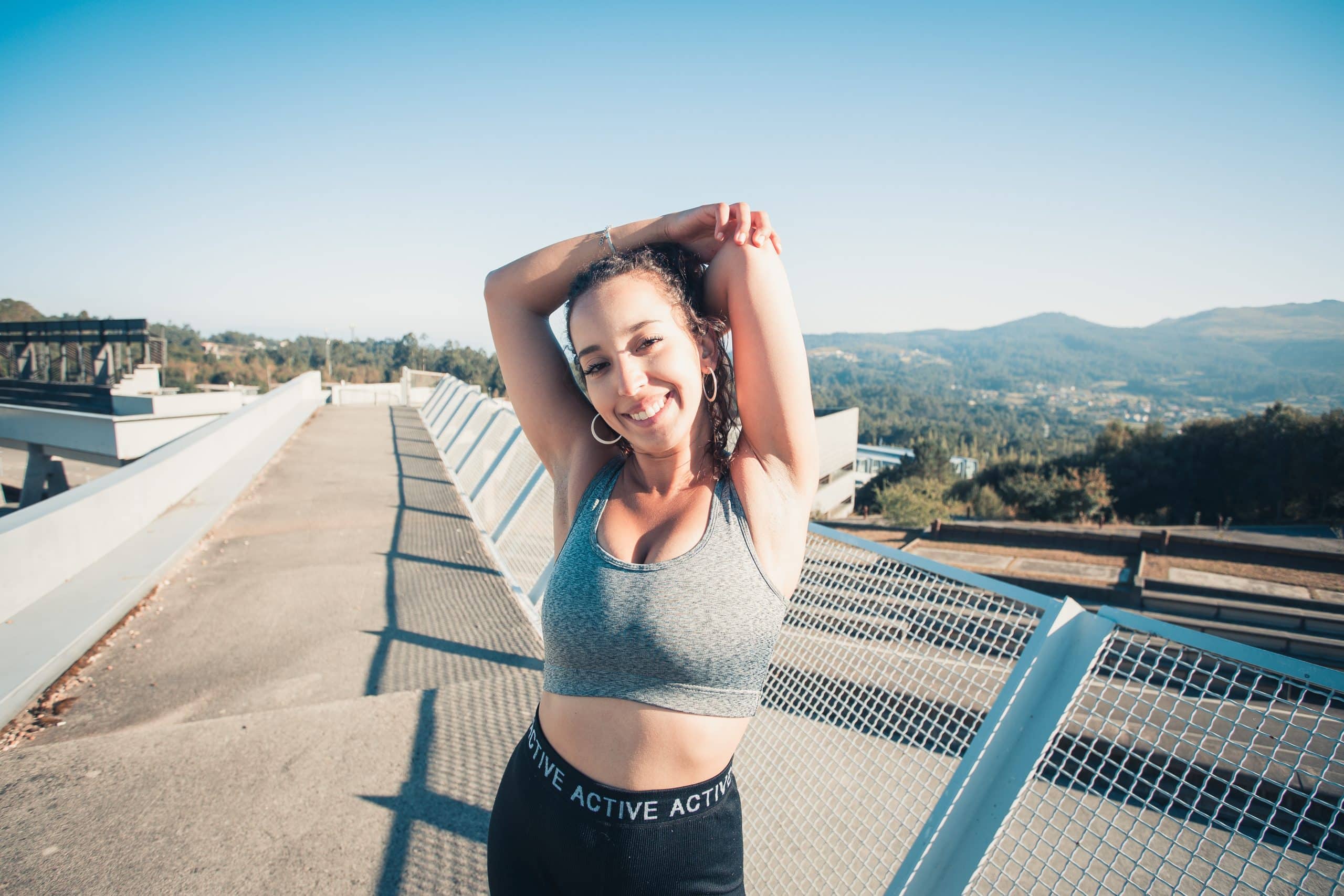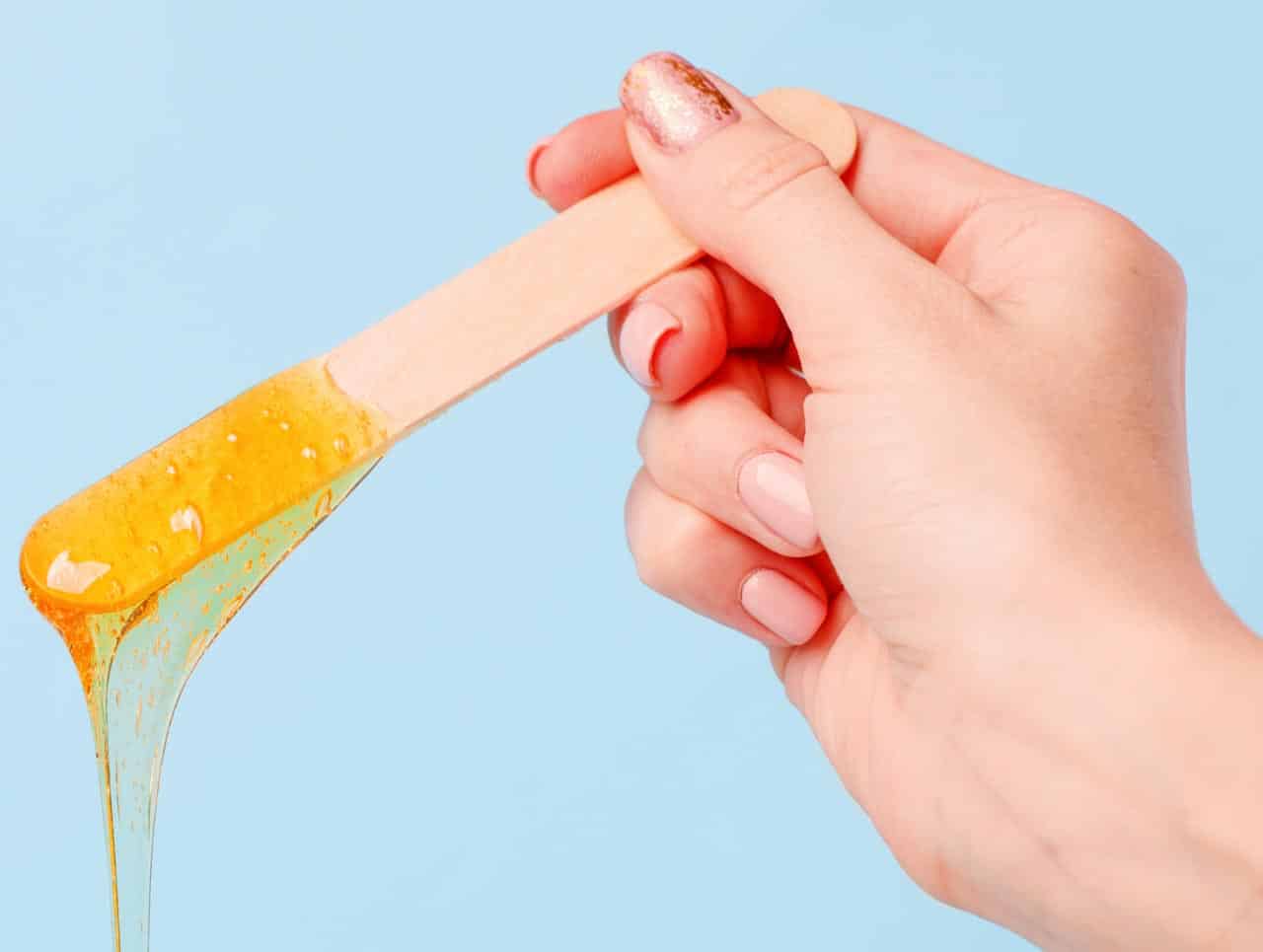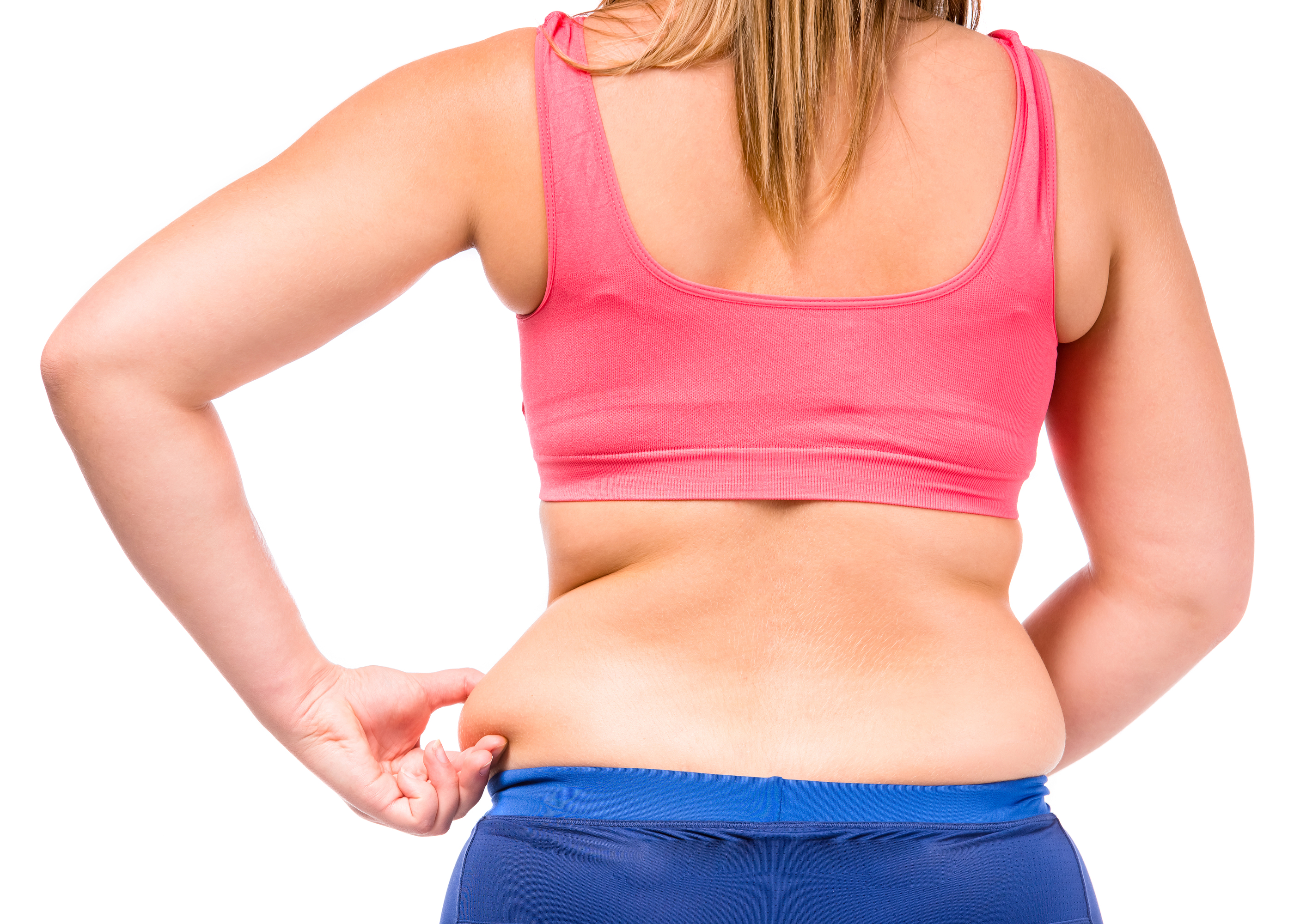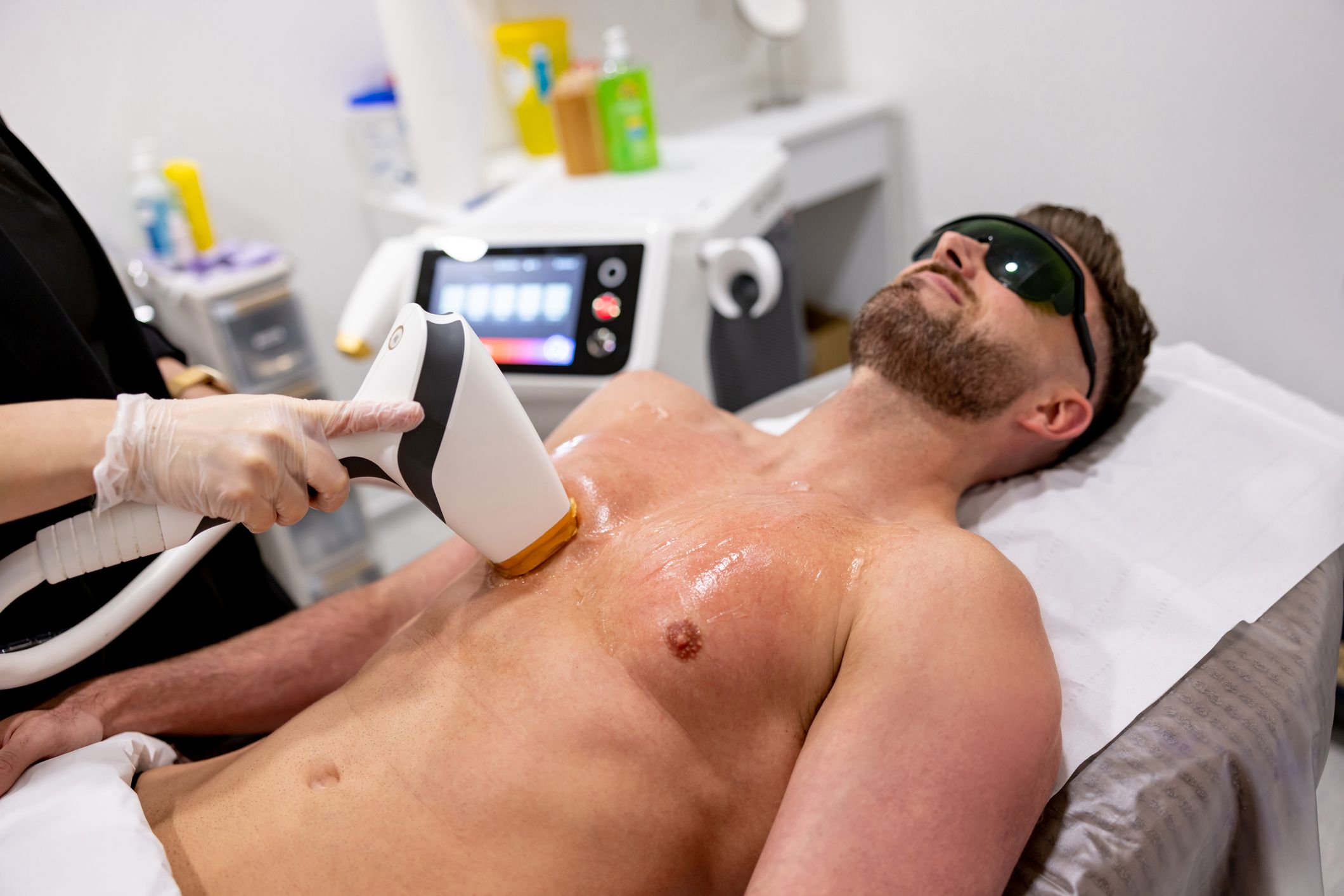

FAQs
How Much Body Fat Do Bikini Competitors Have
Published: July 31, 2023
Learn about the general questions surrounding body fat in bikini competitors. Discover how much body fat is typically maintained for competition.
(Many of the links in this article redirect to a specific reviewed product. Your purchase of these products through affiliate links helps to generate commission for Under-tec.com, at no extra cost. Learn more)
Table of Contents
- Introduction
- What is a Bikini Competition?
- The Importance of Body Fat in Bikini Competitions
- Average Body Fat Percentage for Bikini Competitors
- Factors Affecting Body Fat Percentage in Bikini Competitors
- Strategies for Reducing Body Fat in Preparation for a Bikini Competition
- The Dangers of Extremely Low Body Fat in Bikini Competitors
- Conclusion
Introduction
Body fat percentage plays a crucial role in the world of competitive bikini competitions. These events showcase the amazing physiques of athletes who have dedicated themselves to intense training and strict nutrition plans. In order to achieve the desired “bikini-ready” look, competitors strive to reduce their body fat percentage to a specific range. Understanding the importance of body fat in bikini competitions is essential for anyone looking to step on stage.
A bikini competition is a fitness event where competitors showcase their toned and well-defined physiques while wearing a two-piece swimsuit. These events judge the overall appearance, symmetry, and proportion of the athletes’ bodies. Competitors undergo rigorous training regimens and strict dietary plans to achieve the desired level of muscle development and body composition.
While muscle development is important, body fat percentage is just as crucial in defining the physique of a bikini competitor. Achieving the ideal body fat percentage helps enhance muscle definition, showcase a lean physique, and highlight feminine curves. In the world of bikini competitions, excess body fat can hide muscle definition and hinder a competitor’s chances of placing well.
What is a Bikini Competition?
A bikini competition is a popular fitness event where individuals, primarily women, showcase their sculpted physiques in a two-piece swimsuit. It is a competitive sport that combines elements of fitness, bodybuilding, and modeling, with a focus on overall aesthetics and feminine beauty.
In a bikini competition, participants are judged on several criteria, including muscle tone, symmetry, overall physique, stage presence, and confidence. The athletes are expected to have a well-defined, lean, and feminine physique without excessive muscle mass. Judges evaluate the competitors based on their overall appearance, body proportions, and stage presence.
Preparation for a bikini competition typically involves months of disciplined training and strict adherence to a nutrition plan. Competitors engage in a combination of resistance training, cardiovascular exercises, and sometimes even posing practice to enhance muscle tone and definition. The ultimate goal is to achieve a well-balanced physique that displays feminine curves and a toned, athletic appearance.
During a bikini competition, participants go through several rounds, including a swimsuit round, where they showcase their physiques on stage. They are expected to perform confident and engaging poses that highlight their physical attributes while maintaining poise and grace. Presentation and stage presence play a crucial role in the judging process, as competitors are evaluated on their ability to captivate the audience and the judges with their confidence and charisma.
Bikini competitions are a challenging yet rewarding experience for individuals passionate about fitness and body transformation. They provide a platform to showcase not only physical accomplishments but also dedication, discipline, and perseverance. Whether it’s for personal growth, stepping out of one’s comfort zone, or pursuing a career in the fitness industry, participating in a bikini competition can be a transformative journey.
The Importance of Body Fat in Bikini Competitions
Body fat percentage plays a pivotal role in the success of bikini competitors. It not only determines the overall aesthetic appeal but also influences the judges’ perception of an athlete’s dedication and hard work. Maintaining an optimal body fat percentage is essential for achieving the desired lean and toned physique necessary to excel in bikini competitions.
One of the key reasons why body fat is crucial in bikini competitions is that it accentuates muscle definition. When body fat levels are low, the visibility of muscle striations and separation increases, creating a more chiseled and sculpted appearance. This is especially important in the bikini category, where competitors strive for a fit yet feminine look.
In addition to muscle definition, body fat percentage also affects the overall symmetry and balance of the physique. The distribution of body fat in key areas such as the abdomen, glutes, and thighs can greatly impact the overall visual appeal of a bikini competitor. Too much fat in these areas can detract from the desired hourglass figure, while too little fat can result in a washed-out or overly muscular appearance.
Another reason why body fat is important in bikini competitions is that it contributes to overall stage presence and confidence. When competitors achieve their optimal body fat percentage, they feel more comfortable and confident in their own skin. This confidence shines through on stage, allowing competitors to showcase their hard work and dedication with a greater sense of poise and charisma.
Furthermore, body fat percentage is often used as a criteria for judging bikini competitions. Judges look for a balance between a lean and athletic physique while still maintaining a feminine and curvaceous shape. Competitors with an excessively high or low body fat percentage may be penalized, as it indicates a lack of attention to detail in their preparation.
It’s important to note that while maintaining a low body fat percentage is desirable in bikini competitions, it should always be done in a healthy and sustainable manner. Drastic or extreme measures to reduce body fat can have adverse effects on physical and mental health. Competitors should prioritize their well-being and work with knowledgeable professionals to develop a safe and effective plan to achieve their desired body composition goals.
Average Body Fat Percentage for Bikini Competitors
The average body fat percentage for bikini competitors can vary depending on several factors, including genetics, training history, and individual goals. However, there is a general range that most competitors aim to achieve in order to showcase a lean, toned, and feminine physique on stage.
Typically, bikini competitors aim for a body fat percentage ranging from 10% to 20%. This range allows for a balance between muscle definition and maintaining a curvaceous and feminine appearance. It is important to note that these percentages are approximate and can vary based on judging criteria, regional differences, and personal preferences.
In the bikini category, judges look for a fit yet softer appearance compared to other physique categories. This means that bikini competitors typically have slightly higher body fat percentages compared to bodybuilding or figure competitors. The goal is to have visible muscle definition while maintaining feminine curves and a healthy amount of body fat.
It’s worth mentioning that the ideal body fat percentage can vary depending on an individual’s unique body composition and genetic factors. Some individuals may naturally carry more or less body fat, which can impact their target range for competition. It is important for each competitor to work with a qualified coach or trainer to determine the appropriate body fat target for their specific goals and physique.
Moreover, it’s important to remember that body fat percentage is just one component in the overall judging criteria for bikini competitions. Factors such as muscle tone, symmetry, stage presence, and overall aesthetics also play a significant role in determining the final outcome. Competitors should focus on achieving a balanced and proportionate physique that aligns with the standards of the judging panel.
Ultimately, the average body fat percentage for bikini competitors should be approached as a guideline rather than an absolute rule. Each competitor’s body and goals are unique, and the key is to find the optimal body fat level that allows for a personalized and appealing look on stage.
Factors Affecting Body Fat Percentage in Bikini Competitors
Several factors can influence the body fat percentage of bikini competitors. Understanding these factors is crucial for competitors to create an effective plan to achieve their desired body composition goals. Here are some key factors that can affect body fat percentage:
- Genetics: Each individual has a unique genetic makeup that can influence their body fat distribution and overall body composition. Some individuals may naturally carry more body fat, while others may have a higher propensity for muscular development. Understanding your genetic predisposition can help you set realistic goals and tailor your training and nutrition plans accordingly.
- Training and Exercise: The type and intensity of training can affect body fat percentage. Resistance training helps build lean muscle mass, which can increase metabolism and aid in fat loss. Incorporating cardiovascular exercises can also help burn excess calories and reduce overall body fat. A well-rounded exercise program that includes both strength training and cardio is essential for achieving optimal body fat levels.
- Nutrition and Caloric Intake: Nutrition plays a vital role in body fat percentage management. Maintaining a calorie deficit by consuming fewer calories than the body needs can promote fat loss. The quality and composition of the diet are equally important. Emphasizing whole, nutrient-dense foods and managing macronutrient ratios (such as protein, carbohydrates, and fats) help support muscle retention while promoting fat loss.
- Metabolism: Metabolism refers to the body’s ability to convert food into energy. Some individuals naturally have a faster or slower metabolism, which can affect how efficiently their body burns calories and fat. Factors that influence metabolism include age, gender, muscle mass, and hormone levels.
- Stress and Sleep: Chronic stress and inadequate sleep can have a negative impact on body fat percentage. Elevated stress levels can increase the production of cortisol, a hormone that promotes fat storage in the body. Lack of quality sleep can disrupt hormonal balance and metabolism, leading to weight gain and increased body fat.
- Individual Goals and Preferences: Each competitor may have different goals and preferences when it comes to body fat percentage. Some competitors may prefer a higher body fat percentage for a softer and more feminine look, while others may aim for a leaner and more defined appearance. Personal goals and preferences should be taken into account when determining the ideal body fat percentage for competition.
It’s important for bikini competitors to consider these factors and work with qualified coaches or trainers to develop a personalized approach to managing body fat percentage. By addressing these factors through proper training, nutrition, and lifestyle choices, competitors can optimize their body composition and strive for their best performance on stage.
Strategies for Reducing Body Fat in Preparation for a Bikini Competition
Preparing for a bikini competition requires a focused effort to reduce body fat and achieve a lean and toned physique. While the process may vary for each individual, there are several strategies that can help competitors effectively reduce body fat in preparation for the competition:
- Create a Caloric Deficit: To lose body fat, it’s essential to create a caloric deficit by consuming fewer calories than your body needs. This can be achieved through a combination of adjusting portion sizes, choosing nutrient-dense foods, and monitoring overall caloric intake. Consulting with a registered dietitian or nutritionist who specializes in competition prep can help create a tailored meal plan that supports fat loss while preserving muscle mass.
- Emphasize Protein Intake: Protein plays a vital role in building and preserving lean muscle mass while supporting the body’s fat-burning processes. Including protein-rich foods such as lean meats, fish, eggs, and plant-based protein sources in each meal can help maintain muscle mass and promote satiety.
- Engage in Strength Training: Resistance training is crucial for building muscle and increasing metabolic rate, ultimately aiding in fat loss. Incorporating weightlifting exercises that target all major muscle groups can help maintain and build lean muscle mass while promoting a toned appearance. Aim to include a mix of compound exercises, isolation movements, and high-intensity interval training (HIIT) for optimal results.
- Incorporate Cardiovascular Exercise: Cardiovascular exercises help burn additional calories, contributing to a caloric deficit. Incorporate cardiovascular activities such as running, cycling, swimming, or any other form of aerobic exercise to enhance fat loss. Experiment with different forms of cardio and find activities that you enjoy to stay motivated.
- Stay Hydrated: Drinking an adequate amount of water throughout the day is essential for overall health and weight management. Water helps curb cravings, boosts metabolism, and aids in digestion. Aim to drink at least 8-10 cups of water per day and increase intake during periods of intense training or when preparing for a competition.
- Manage Stress: High stress levels can negatively impact fat loss and overall well-being. Incorporate stress-management techniques such as meditation, deep breathing exercises, or engaging in activities that help you relax and unwind. Prioritizing self-care and creating a balanced lifestyle is crucial during competition preparation.
- Get Sufficient Rest and Recovery: Rest and recovery are essential for allowing the body to repair and rejuvenate. Aim for 7-8 hours of quality sleep each night to support optimal hormone levels and overall recovery. Additionally, incorporate rest days into your training program to prevent overtraining and promote muscle growth and fat loss.
It’s important to note that these strategies should be implemented gradually and under the guidance of a knowledgeable trainer or coach. Extreme or rapid weight loss methods can be detrimental to health and performance. Prioritize sustainable and healthy practices that support long-term well-being, both in and out of competition season.
The Dangers of Extremely Low Body Fat in Bikini Competitors
While achieving a low body fat percentage is desirable in bikini competitions, it’s important to recognize the potential dangers that come with extremely low levels of body fat. Competitors should prioritize their health and well-being above all else and be aware of the following risks:
- Hormonal Imbalances: Extremely low body fat levels can disrupt hormonal balance, leading to irregular menstrual cycles or even amenorrhea (the absence of menstruation). Hormonal imbalances can have long-term consequences on reproductive health, bone density, and overall well-being.
- Metabolic Adaptation: Prolonged periods of severe calorie restriction and excessive exercise can lead to metabolic adaptation, wherein the body adjusts its metabolic rate to conserve energy. This can result in a slowed metabolism, making it harder to maintain weight loss and potentially leading to weight regain.
- Impaired Immune Function: With low body fat levels, the immune system may become compromised, making bikini competitors more susceptible to illness and infection. This can impact overall health and hinder optimal performance during competitions.
- Muscle Loss: In an effort to achieve extremely low body fat levels, competitors may risk losing muscle mass. This can negatively impact strength, aesthetics, and overall performance on stage. Striking a balance between body fat reduction and muscle preservation is crucial.
- Psychological Impact: The intense focus on achieving extremely low body fat levels can lead to a negative body image, disordered eating patterns, and obsessive thoughts around food and exercise. Mental health should always be a priority, and competitors should seek support if they experience any signs of emotional distress or disordered eating habits.
- Decreased Performance: Maintaining extremely low body fat levels can result in decreased energy levels, impaired cognitive function, and reduced physical performance. Competitors may experience a decline in strength, endurance, and overall athletic ability, which can impact their success on stage.
- Rebound Weight Gain: After a competition, the body may attempt to regain lost body fat, leading to rapid weight gain. This can be emotionally challenging for competitors and may result in a cycle of yo-yo dieting and weight fluctuations, which can have negative long-term impacts on metabolism and overall health.
It is important for bikini competitors to approach body fat reduction in a balanced and sustainable manner. Consulting with health and fitness professionals who specialize in competition preparation can help ensure that competitors prioritize their well-being while achieving their aesthetic goals. Striving for a healthy and maintainable body fat percentage is crucial for long-term health and a positive overall competition experience.
Conclusion
Bikini competitions require competitors to achieve and maintain a specific body fat percentage that showcases their hard work, dedication, and commitment to a fit and healthy lifestyle. Understanding the importance of body fat in these competitions is essential for competitors looking to excel on stage.
From defining muscle tone and enhancing symmetry to creating a visually appealing physique, body fat plays a crucial role in the overall aesthetic of bikini competitors. Striving for an optimal body fat percentage can highlight muscle definition, accentuate feminine curves, and ultimately contribute to a successful performance.
However, it’s important to approach body fat reduction in a healthy and sustainable manner. Drastic measures or extremely low body fat levels can have detrimental effects on both physical and mental health. Competitors should prioritize their well-being, seek the guidance of professionals, and adopt strategies that promote long-term health and performance.
Achieving the desired body fat percentage involves careful attention to factors such as genetics, training, nutrition, and overall lifestyle. Each competitor’s journey will be unique, and it’s important to set realistic goals, work with qualified coaches or trainers, and establish a balanced approach to competition preparation.
Ultimately, bikini competitions are a celebration of the hard work, discipline, and dedication demonstrated by the athletes. While body fat plays a critical role in these competitions, it is just one aspect of the overall package. Competitors should also focus on factors such as muscle tone, symmetry, stage presence, and confidence, as these elements contribute to the overall success and enjoyment of the experience.
By understanding the role of body fat and adopting healthy strategies for its reduction, bikini competitors can strive for their best performances on stage, while maintaining their long-term health and well-being. Remember, the journey is just as important as the destination, and finding the right balance between reaching your goals and prioritizing self-care will lead to a fulfilling and rewarding competition experience.
